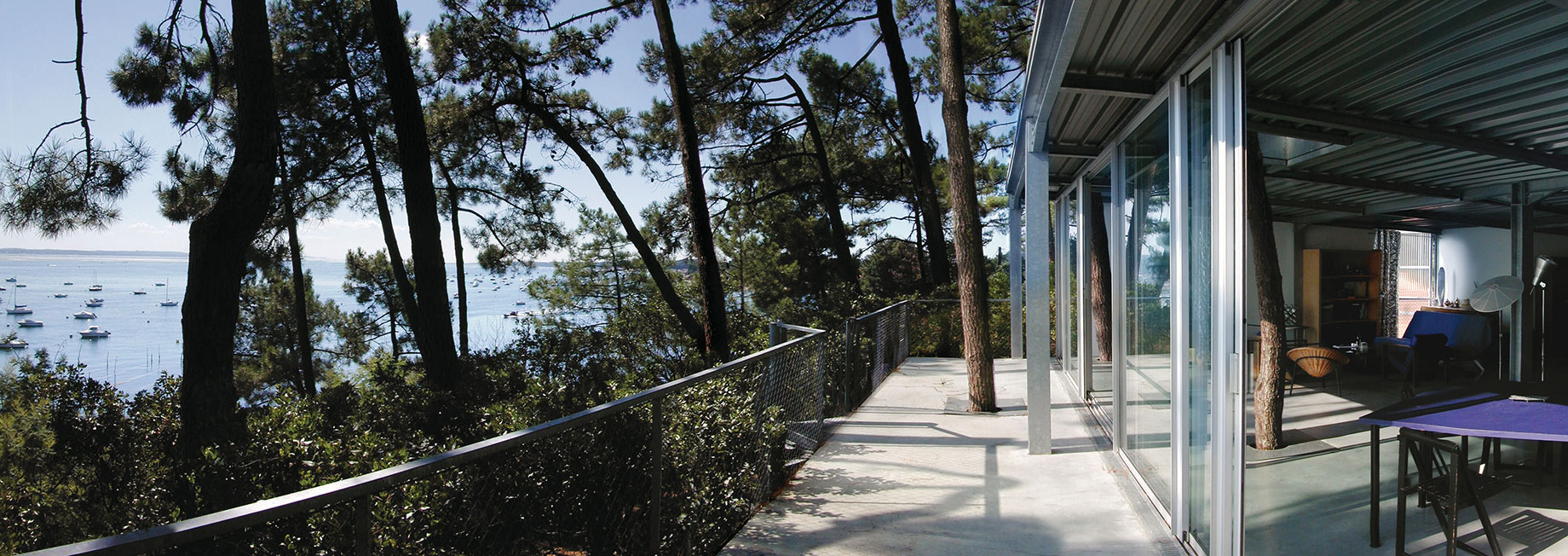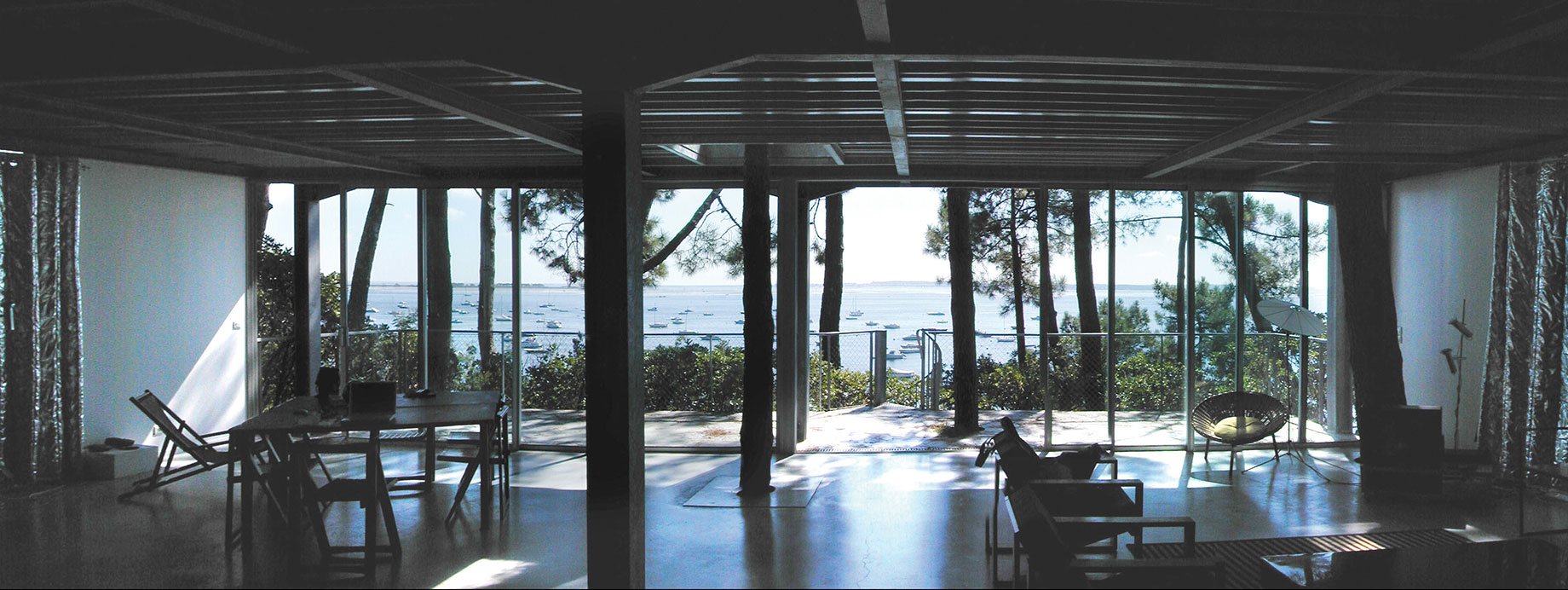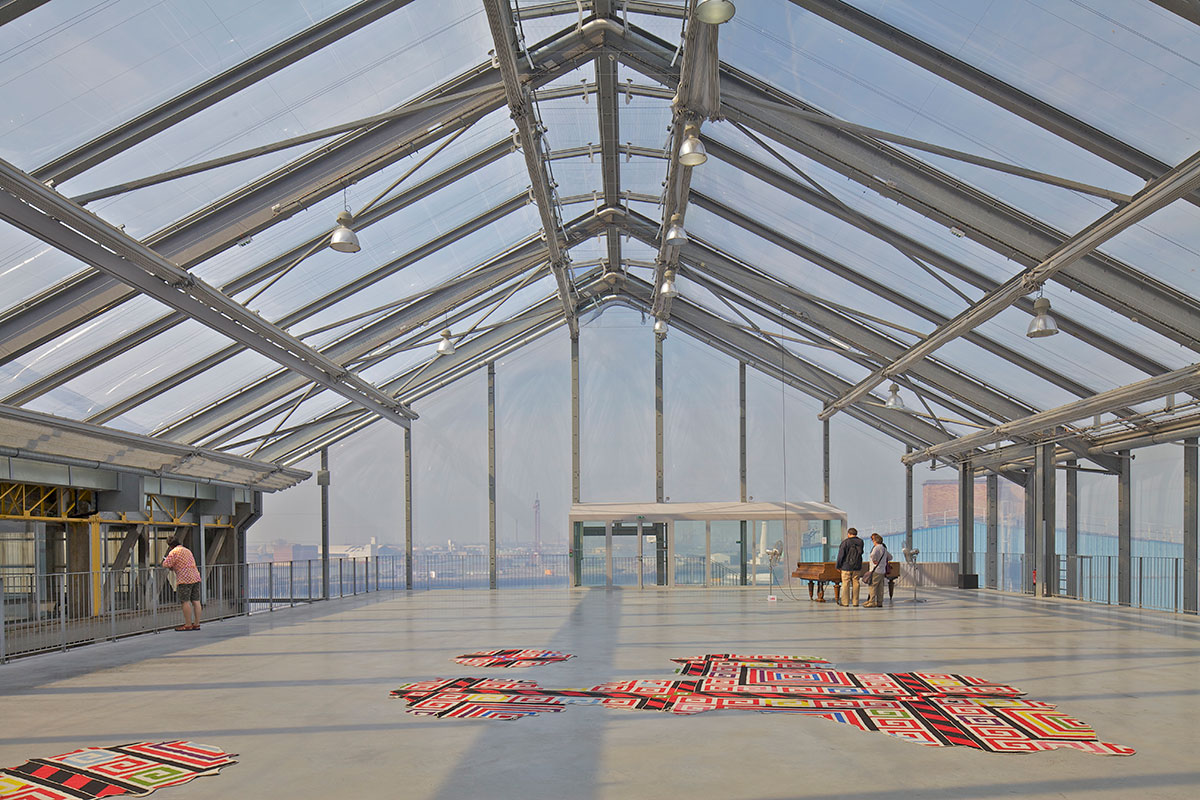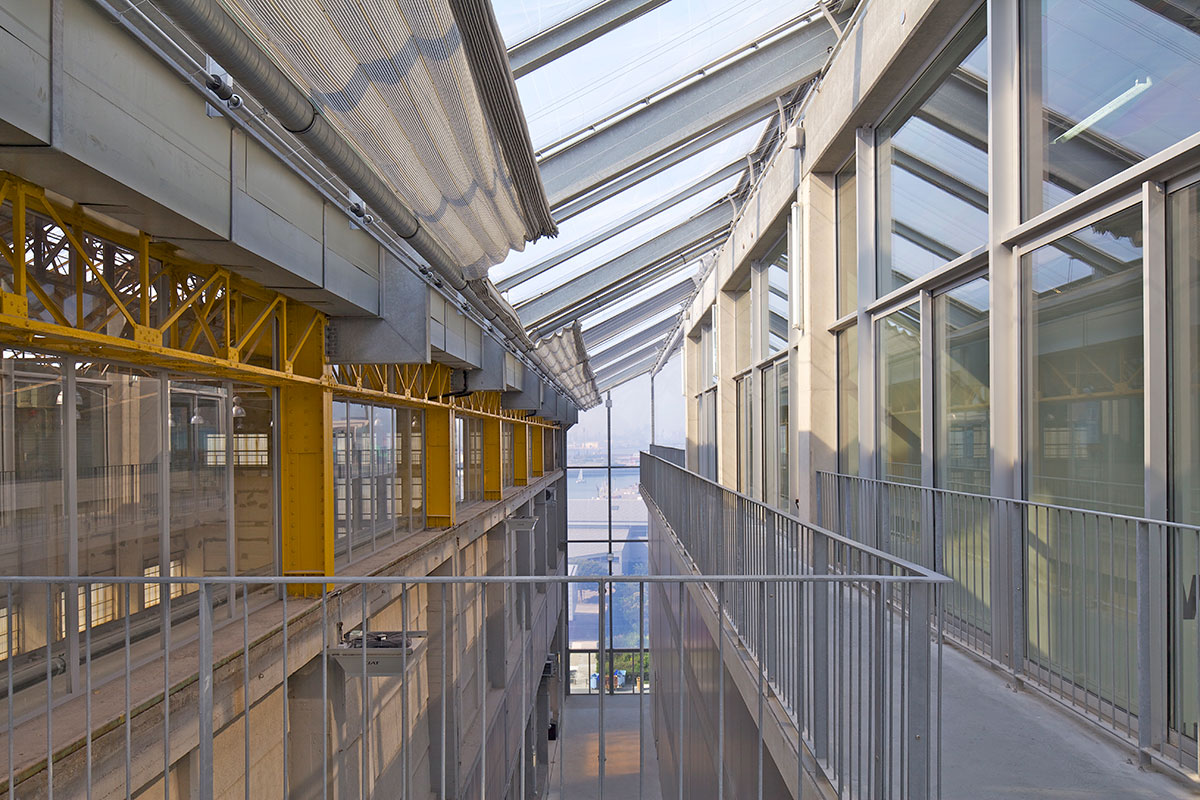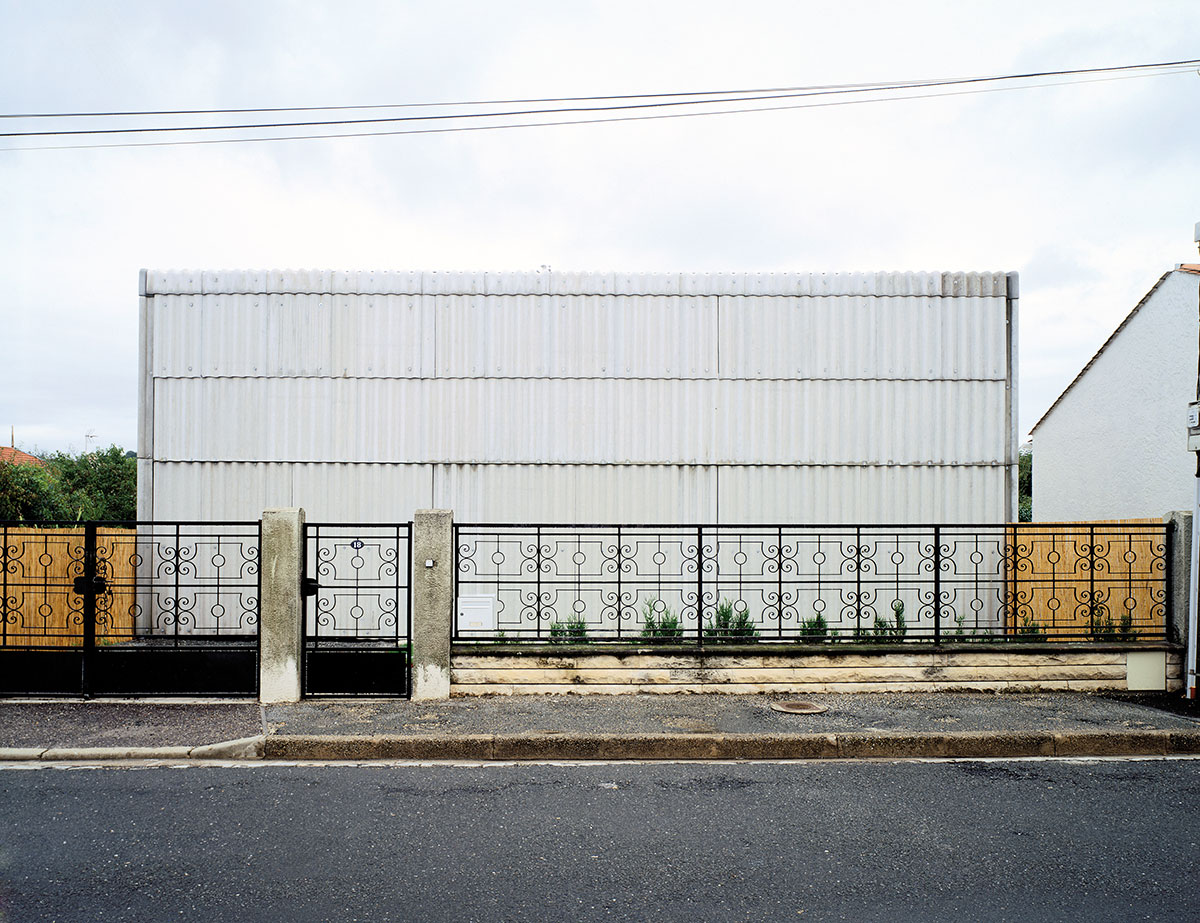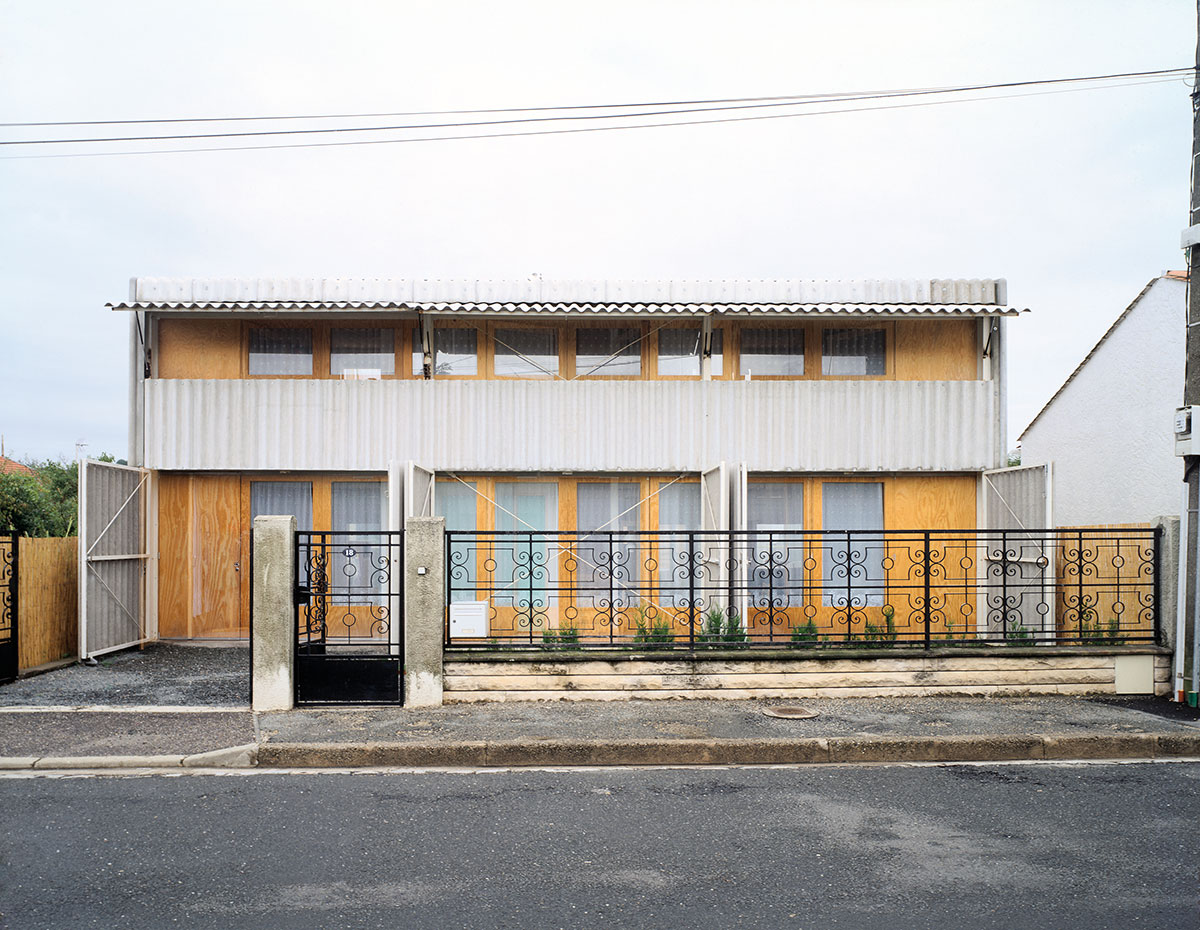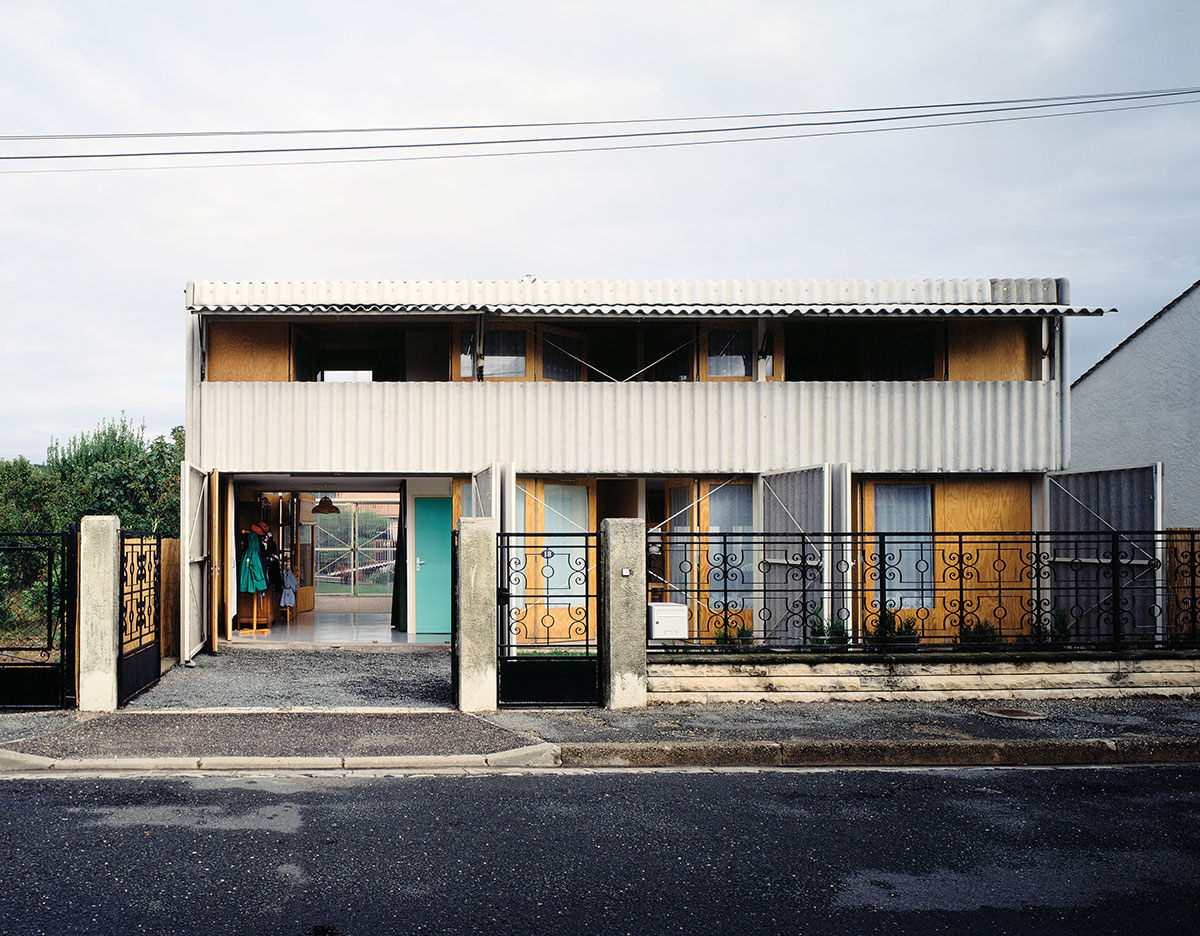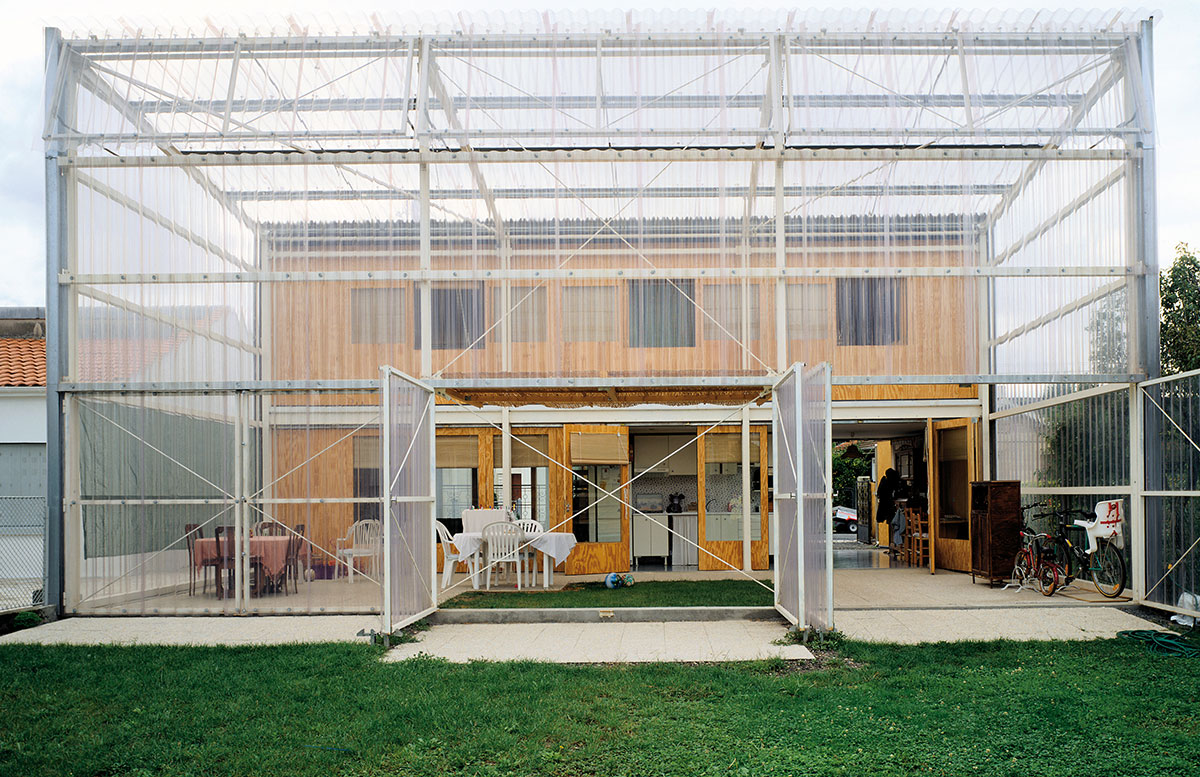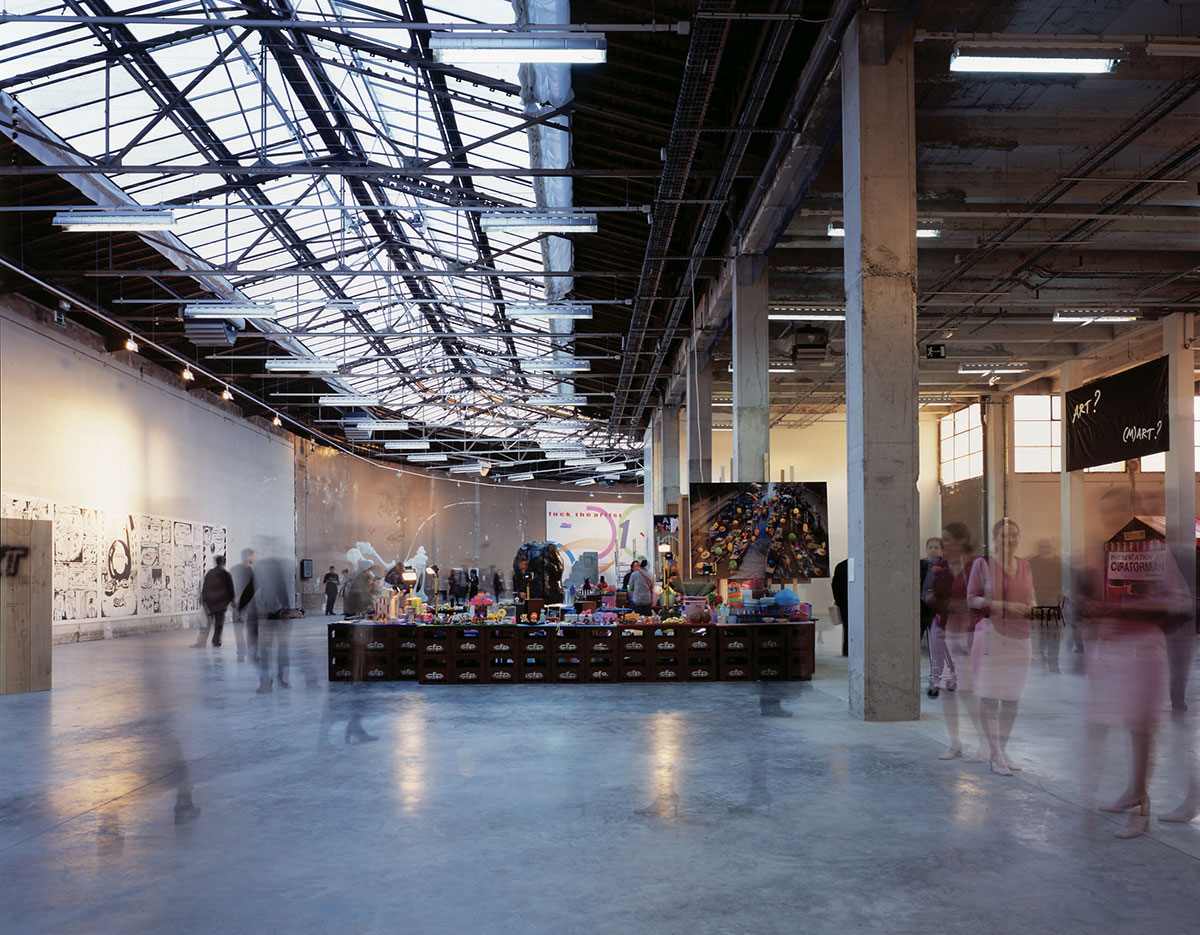ARCHITECTURE:Anne Lacaton & Jean-Philippe Vassal, Pritzker Prize 2021
 The Pritzker Prize is considered the Nobel of Architecture and is the highest honor and recognition for every Architect. Anne Lacaton and Jean-Philippe Vassal, of France, have been selected as the 2021 Pritzker Architecture Prize Laureates, trough their design of private and social housing, cultural and academic institutions, public spaces, and urban developments, Lacaton and Vassal reexamine sustainability in their reverence for pre-existing structures, conceiving projects by first taking inventory of what already exists.
The Pritzker Prize is considered the Nobel of Architecture and is the highest honor and recognition for every Architect. Anne Lacaton and Jean-Philippe Vassal, of France, have been selected as the 2021 Pritzker Architecture Prize Laureates, trough their design of private and social housing, cultural and academic institutions, public spaces, and urban developments, Lacaton and Vassal reexamine sustainability in their reverence for pre-existing structures, conceiving projects by first taking inventory of what already exists.
By Efi Michalarou
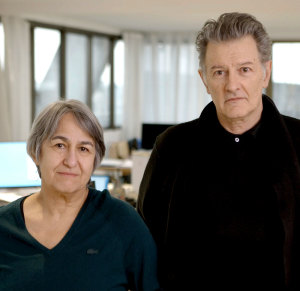 Anne Lacaton and Jean-Philippe Vassal met in the late 1970s during their formal architecture training at École Nationale Supérieure d’Architecture et de Paysage de Bordeaux. Lacaton went on to pursue a Masters in Urban Planning from Bordeaux Montaigne University (1984), while Vassal relocated to Niger, West Africa to practice urban planning. Lacaton often visited Vassal, and it was there that the genesis of their architectural doctrine began, as they were profoundly influenced by the beauty and humility of sparing resources within the country’s desert landscapes. “Niger is one of the poorest countries in the world, and the people are so incredible, so generous, doing nearly everything with nothing, finding resources all the time, but with optimism, full of poetry and inventiveness. It was really a second school of architecture” recalls Vassal. In Niamey, Niger, Lacaton and Vassal built their first joint project, a straw hut, constructed with locally sourced bush branches, which yielded surprising impermanence, relenting to the wind within two years of completion. They vowed to never demolish what could be redeemed and instead, make sustainable what already exists, thereby extending through addition, respecting the luxury of simplicity, and proposing new possibilities. They established Lacaton & Vassal in Paris (1987), and have since demonstrated boldness through their design of new buildings and transformative projects. For over three decades, they have designed private and social housing, cultural and academic institutions, public space, and urban strategies. The duo’s architecture reflects their advocacy of social justice and sustainability, by prioritizing a generosity of space and freedom of use through economical and ecological materials. Providing physical and emotional wellbeing has also been intentional in their work. Their application of greenhouse technologies to create bioclimatic conditions began with Latapie House in Floirac, France (1993). Using the sun, in harmony with natural ventilation, solar shading and insulation, they created adjustable and desirable microclimates. “From very early on, we studied the greenhouses of botanic gardens with their impressive fragile plants, the beautiful light and transparency, and ability to simply transform the outdoor climate. It’s an atmosphere and a feeling, and we were interested in bringing that delicacy to architecture” shares Lacaton. Through both new construction and the transformation of buildings, honoring the pre-existing is authentic to their work. A private residence in Cap Ferret, France (1998) was built on an undeveloped plot along Arcachon Bay, with the goal of minimal disruption to the natural environment. Rather than fell the 46 trees on the site, the architects nurtured the native vegetation, elevating the home and constructing around the trunks that intersected it, allowing occupants to live among the plant life. Their skillful selection of modest materials enables the architects to build larger living spaces affordably, as demonstrated by the construction of 14 single-family residences for a social housing development (2005), and 59 units within low-rise apartment buildings at Neppert Gardens (2015), both in Mulhouse, France; and in adjoining mid-rise buildings consisting of 96 units in Chalon-sur-Saône, France (2016); among others. Throughout their careers, the architects have rejected city plans calling for the demolition of social housing, focusing instead on designing from the inside out to prioritize the welfare of a building’s inhabitants and their unanimous desires for larger spaces. Alongside Frédéric Druot and Christophe Hutin, they transformed 530 units within three buildings at Grand Parc in Bordeaux, France (2017) to upgrade technical functions but more notably, to add generous flexible spaces to each unit without displacing its residents during construction, and while maintaining rent stability for the occupants. Current works in progress include the housing transformations of a former hospital into a 138-unit, mid-rise apartment building in Paris, France, and an 80-unit, mid-rise building in Anderlecht, Belgium; the transformation of an office building in Paris, France; mixed-use buildings offering hotel and commercial space in Toulouse, France; and a 40-unit, private housing, mid-rise building in Hamburg, Germany.
Anne Lacaton and Jean-Philippe Vassal met in the late 1970s during their formal architecture training at École Nationale Supérieure d’Architecture et de Paysage de Bordeaux. Lacaton went on to pursue a Masters in Urban Planning from Bordeaux Montaigne University (1984), while Vassal relocated to Niger, West Africa to practice urban planning. Lacaton often visited Vassal, and it was there that the genesis of their architectural doctrine began, as they were profoundly influenced by the beauty and humility of sparing resources within the country’s desert landscapes. “Niger is one of the poorest countries in the world, and the people are so incredible, so generous, doing nearly everything with nothing, finding resources all the time, but with optimism, full of poetry and inventiveness. It was really a second school of architecture” recalls Vassal. In Niamey, Niger, Lacaton and Vassal built their first joint project, a straw hut, constructed with locally sourced bush branches, which yielded surprising impermanence, relenting to the wind within two years of completion. They vowed to never demolish what could be redeemed and instead, make sustainable what already exists, thereby extending through addition, respecting the luxury of simplicity, and proposing new possibilities. They established Lacaton & Vassal in Paris (1987), and have since demonstrated boldness through their design of new buildings and transformative projects. For over three decades, they have designed private and social housing, cultural and academic institutions, public space, and urban strategies. The duo’s architecture reflects their advocacy of social justice and sustainability, by prioritizing a generosity of space and freedom of use through economical and ecological materials. Providing physical and emotional wellbeing has also been intentional in their work. Their application of greenhouse technologies to create bioclimatic conditions began with Latapie House in Floirac, France (1993). Using the sun, in harmony with natural ventilation, solar shading and insulation, they created adjustable and desirable microclimates. “From very early on, we studied the greenhouses of botanic gardens with their impressive fragile plants, the beautiful light and transparency, and ability to simply transform the outdoor climate. It’s an atmosphere and a feeling, and we were interested in bringing that delicacy to architecture” shares Lacaton. Through both new construction and the transformation of buildings, honoring the pre-existing is authentic to their work. A private residence in Cap Ferret, France (1998) was built on an undeveloped plot along Arcachon Bay, with the goal of minimal disruption to the natural environment. Rather than fell the 46 trees on the site, the architects nurtured the native vegetation, elevating the home and constructing around the trunks that intersected it, allowing occupants to live among the plant life. Their skillful selection of modest materials enables the architects to build larger living spaces affordably, as demonstrated by the construction of 14 single-family residences for a social housing development (2005), and 59 units within low-rise apartment buildings at Neppert Gardens (2015), both in Mulhouse, France; and in adjoining mid-rise buildings consisting of 96 units in Chalon-sur-Saône, France (2016); among others. Throughout their careers, the architects have rejected city plans calling for the demolition of social housing, focusing instead on designing from the inside out to prioritize the welfare of a building’s inhabitants and their unanimous desires for larger spaces. Alongside Frédéric Druot and Christophe Hutin, they transformed 530 units within three buildings at Grand Parc in Bordeaux, France (2017) to upgrade technical functions but more notably, to add generous flexible spaces to each unit without displacing its residents during construction, and while maintaining rent stability for the occupants. Current works in progress include the housing transformations of a former hospital into a 138-unit, mid-rise apartment building in Paris, France, and an 80-unit, mid-rise building in Anderlecht, Belgium; the transformation of an office building in Paris, France; mixed-use buildings offering hotel and commercial space in Toulouse, France; and a 40-unit, private housing, mid-rise building in Hamburg, Germany.
Anne Lacaton is an associate professor of Architecture and Design at the Swiss Federal Institute of Technology ETH Zurich (Zurich, Switzerland, since 2017), and a visiting professor at Polytechnic University of Madrid, Master in Housing (Madrid, Spain, since 2007). She has been a visiting professor at Delft University of Technology (Delft, Netherlands, 2016–2017) and Technische Hochschule Nürnberg Georg Simon Ohm (Nürnberg, Germany, 2014); was the Design Critic in Architecture (2015) and the Kenzo Tange Visiting Chair in Architecture and Urban Planning (2011) at Harvard Graduate School of Design (Cambridge, MA); and the Clarkson Chair at the University of Buffalo (Buffalo, NY, 2013). She served on the LafargeHolcim Awards jury for Europe (2017) and will be a member of the 2021 jury later this year. Jean-Philippe Vassal is an associate professor at Universität der Künste Berlin (Berlin, Germany since 2012) and has previously taught at Technische Universität Berlin (Berlin, Germany, 2007–10); Peter Behrens School of Arts at the University of Applied Sciences (Dusseldorf, Germany, 2005); École Nationale Supérieure d’Architecture de Versailles (Versailles, France, 2002–2006); and École Nationale Supérieure d’Architecture et de Paysage de Bordeaux (1992–99). He was head of the jury for LafargeHolcim Awards, Europe (2014) and a juror (2008 & 2011). Together, they have held visiting professorships at Sassari University in Alghero (Alghero, Italy, 2014–2015); the Pavilion Neuize OBC-Palais de Tokyo (Paris, France, 2013–14); and the Swiss Federal Institute of Technology (Lausanne, Switzerland, 2010–11). Lacaton and Vassal are the recipients of the BDA Grand Prize, 2020; Global Award for Sustainable Architecture, Cité de l’Architecture & du Patrimoine, 2018, with Druot; Académie d’Architecture, Gold Medal, 2016; the Heinrich Tessenow Medal, 2016; the Rolf Schock Prize, Visual Arts, 2014; Daylight & Building Components Award, Villum Foundation and Velux Foundation, 2011; the International Fellowship from the Royal Institute of British Architects, 2009; the Grand Prix National d’Architecture, France, 2008; and the Schelling Architecture Award, 2006. Their practice, Lacaton & Vassal, has been awarded the Lifetime Achievement Award, Trienal de Lisboa (2016); and the Fundació Mies van der Rohe, European Union Prize for Contemporary Architecture (2019) along with Frédéric Druot Architecture and Christophe Hutin Architecture for the transformation of 530 Dwellings at Grand Parc, Bordeaux.